Abstract
Clinical analysis of pyogenic osteomyelitis has been made on 124 patients, who had been admitted to the Department of Orthopedic Surgery Kyungpook National University hospital during March 1968 to July 1973. The following results were obstained.
1. The etiologic organism of the majoriy of cases were staphylococcus aureus.
2. As a causative organism, staphylococcus aureus was cultured in 79.5% of the cases.
3. Its incidence was much higher in second decade.
4. Penicillin was resistant to staphylococcus aureus in 91.9% of cases but kanamycin was sensitive in 37.8% of cases.
In 83% of cases treated with saucerization and sensitive antibiotics were arrested.
Go to : 
REFERENCES
1). Altomeier W. Α.., Wadsworth C. L.An Evaluation of Penicilltn Therapy in Acute Hematogenous Osteomyelitis,. J. Bone and Joint Surg. 30-A:657. 1948.
3). Hall J. E.and Silverstein, E. A.: Acute Hematogenous Osteomyelitis, Pediatrics. 17:368. 1956.
4). Winters J. L.., Cahen I.Acute Hematogenous Osteomyelitis,. J. Bone and Joint Surg. 42-A:691. 1960.

5). Gilmour W. N.Acute Hematogenous Ostemyelitis. J. Bone and Joint Surg. 44-B:841. 1962.
6). Green W. T.., Shannon J. G.Osteomyelitis of Infants, A Disease Different from Osteomyelitis of Older Children. Arch. Surg. 32:462. 1936.
7). Starr C. L.Acute Hematogenous Osteomyelitis, Arch. Surg. 4:567. 1922.
8). Hanzawa S.., Suda H.Zur Statistik der hamatogenen, akuten, eitrigen Osteomyelitis mit besoitderer Berucksichtigung three Erregers, Mitt. U. allg. Path. U. path, Anat. 6:317. 1930.
9). Jaffe H. L.Metabolic, Degenerative, and Inflammatory Diseases of Bones and Joints. Lea & Febiger. Philadelphia.1972.
10). Duthie R. B.., Ferguson A. B.Mercer's Orthopedic Surgery. 7th edition.Edward Arnold;p. 494. 1973.
11). Wakeley C. P. G.Acute Osteomyelitis in Children British Medical Journal, ii, 752. 1932.
12). Wiley Α. Μ.., Trueta J.The Vascular Anatomy of the Spine and Its Relationship to Pyogenic Vertebral Osteomyelitis,. J. Bone and Joint Surg. 41-B:196. 1959.

13). Green Μ.., Nyhan W. L.Actue Hematogenous Osteomyelitis, Pediatrics. 17:368. 1956.
14). Aegerter Ε. E.., Kirk Patrick J. A.Orthopedic Diseases. Third Edition. p. 280. W. B. Saunders.
15). 文命相, 李德鋪'韓文植. 整形外科的感染에對한細菌學的考察. λ韓外科學會雜誌: 第tf卷第2々號; 637, λ韓外科學會雜誌: 第tf卷第2々號; 637,. 1964.
16). 金眞浩, 韓文植. 慢性骨髓炎에對한灌流療法, 大韓整形外科學會雜誌, 第J卷第우號: 41, J2月1968.
17). Kirby W. Μ. Μ.Bauer, A. W. and Perry, D. M.: Durg Usage and Antibitic Susceptibity of Staphylococci.,. J. Α. Μ. A. Vol. 173(5):June 4, 1960.
18). Spink W. W.Staphylococcal Infections and the Problem of Antibiotic Resistant Staphylococci Arch, Int. Med. Vol. 94:197. 1954.
19). 韓文植, 金在歡. 朴聖德, 李昌周: 急性血行性骨髓炎에關한臨床的考察.: 大韓整形外科學會雜誌: 第2卷第우號. 77:12月. 1957.
20). 三浦幸雄. 慢性化膜性骨髓炎의臨床的檢討, 日本臨床雜誌整形外科. Vol.24:No.(6):4176. 1973.
21). Truta J.Acute Hematogenous Osteomyelitis: Its Pathology and Treatment, Bull, Hosp. Joint. Dts. 14:5. 1953.
22). Buchman J.and Fenton, R. L.: The Pole of the Surgical Approach in the Treatment of Acute Homatogenous Osteomyelitis with Antibiotic Agents New York. J. J. Med. 53:2632. 1953.
23). Buchman J.., Blair J. E.Penicillin in the Treatment of Chronic Ostemyelitis: A Preliminary Report Arch., Surg. 51:81. 1945.
24). Clawson C. Κ.., Dunn A. W.Management of Common Bacterial Infections of Bones and Joints. J. Bone and Joint Surg. 49-A:164. Jan. 1967.

25). Knight Μ. P.., Wood G. O.Surgical Obliteration of Bone Cavities following Traumatic Osteomyelitis,. J. Bone and Joint Surg. 27:547. 1945.
26). Carrel B.., Woodward J. W.Chronic Osteomyelitis, Primary Closure following Saucerization: A Preliminary Report,. J. Bone and Joint Surg. 32-A:928. 1950.
27). 河鄉文ᅳ郞. 慢性骨髓炎에對한Saucerizvtion 의効果. 日本臨床雜誌整形外科, No. 6, 434 6.1973.
28). Smith-Peterson Μ. Ν.., Larson C. Β.., arid Cochran W.Local Chemostherapy with Primary Closure of Septic Wounds by Means of Drainage and Irrigation Canulae. J. Bone and Joint Surg., 562. 1945.
29). Goldman M. A.., Johnson R. K.., Grossberg Ν. M.A New Approach to Chronic Osteomyelitis, Orthopedics. 2:63, April. 1960.
30). McElveuny R. T.The Use of Closed Circulation and Suction in the Treatment of Chronically Infected, Acutely Infected, and Potentially Infected Wounds, Amer. J. J. Orthop. 3:86: and 154. 1961.
31). Compere E. L.Treatment of Osteomyelitis and Infected Wounds by Closed Irrigation with ά Detergent-Antibiotics Solution, Acta, Orthop. Scand. 32:324. 1962.
32). Leventon E. ᄋ.Closed Irrigation Suction of Spine Infection,. J. A. M: A. 196:961. 1964.
33). Dombrowski Ε. Τ.., Dunn A. W.The Closed Irrigation Suction Treatment of Osteomyelitis. Proc. Amer. Acad. Orth. Surg. Jan. 1964.
34). Compere E. L.., Metzger W. I.., Mitra P. M.The Treatment of Pyogenic Bone and Joint Infections by Closed Irrigation (Circulation) with a Non-Toxic Detergent and one or More Antibiotics. J. Bone and Joint Surg.,49-A: 614, No. 8 June. 1967.
Go to : 
Table 1.
Incidence by Year
| Year | No Stage | No. of Cases | ||
|---|---|---|---|---|
| Acute | Chronic | Total | ||
| 1968 | 4 | 9 | 13 | |
| 1969 | η | 7 | 14 | |
| 1970 | 3 | 8 | 11 | |
| 1971 | 6 | 17 | 23 | |
| 1972 | 12 | 28 | 40 | |
| 1973 | 5 | 18 | 23 | |
| Total | 37 | 87 | 124 | |
Table 2.
Sex Incidence
| Sex | No. Stage | No. of Cases | ||
|---|---|---|---|---|
| Acute | Chronic | Total | ||
| Male | 24(19.4) | 57(46.0) | 81(65.2) | |
| Female | 13(10.5) | 30(24.0) | 43(34.7) | |
| Total | 37(30.0) | 87(70.0) | 124(100.0) | |
Table 3.
Age Incidence
Table 4.
Duration from Onset tó Hospitalization
| Duration | No of Case |
|---|---|
| Less than 1W | 6 (4.8) |
| 1W- 2W | 19 (15.3) |
| 2W- 4W | 11 (8. 9) |
| İM— 3M | 28 (22.6) |
| 3M— 6M | 13 (10.5) |
| 6M-12M | 10 (8.1) |
| 1Y- 3Y | 19 (15.3) |
| Over 3Y | 18 (14.5) |
| Total | 124(100. 0) |
Table 5.
Predisposing Factor
Table 8.
Involved Bones
Table 9.
Results of Blood Culture
| Organism | No. of Cases |
|---|---|
| Staphylococcus (coagulase +) | 2 |
| Staphylococcus (coagulase —) | 1 |
| Streptococcus | — |
| No growth | 15 |
| Total | 18 |
Table 10.
Results of Pus Culturé
Table 11.
Sensitivity Test of Coagulase Positive Staphylococci (37 cases)
Table 12.
Sensitivity Test of Coagulase Nagative Staphylococci (9 cases)
Table 13.
· Duration of Hospitalization
| Duration | No. of Cases |
|---|---|
| Within 1W | 21 |
| 1W-2W | 25 |
| 2W-4W | 44 |
| 1M-2M | 17 |
| 2M-3M | 5 |
| 3M—6M | 4 |
| 6M-1Y | 4 |
| 1Y-3Y | 3 |
| Over 3 Y | 1 |
| Total | 124 |
Table 14.
Methods and Results of Treatment




 PDF
PDF ePub
ePub Citation
Citation Print
Print


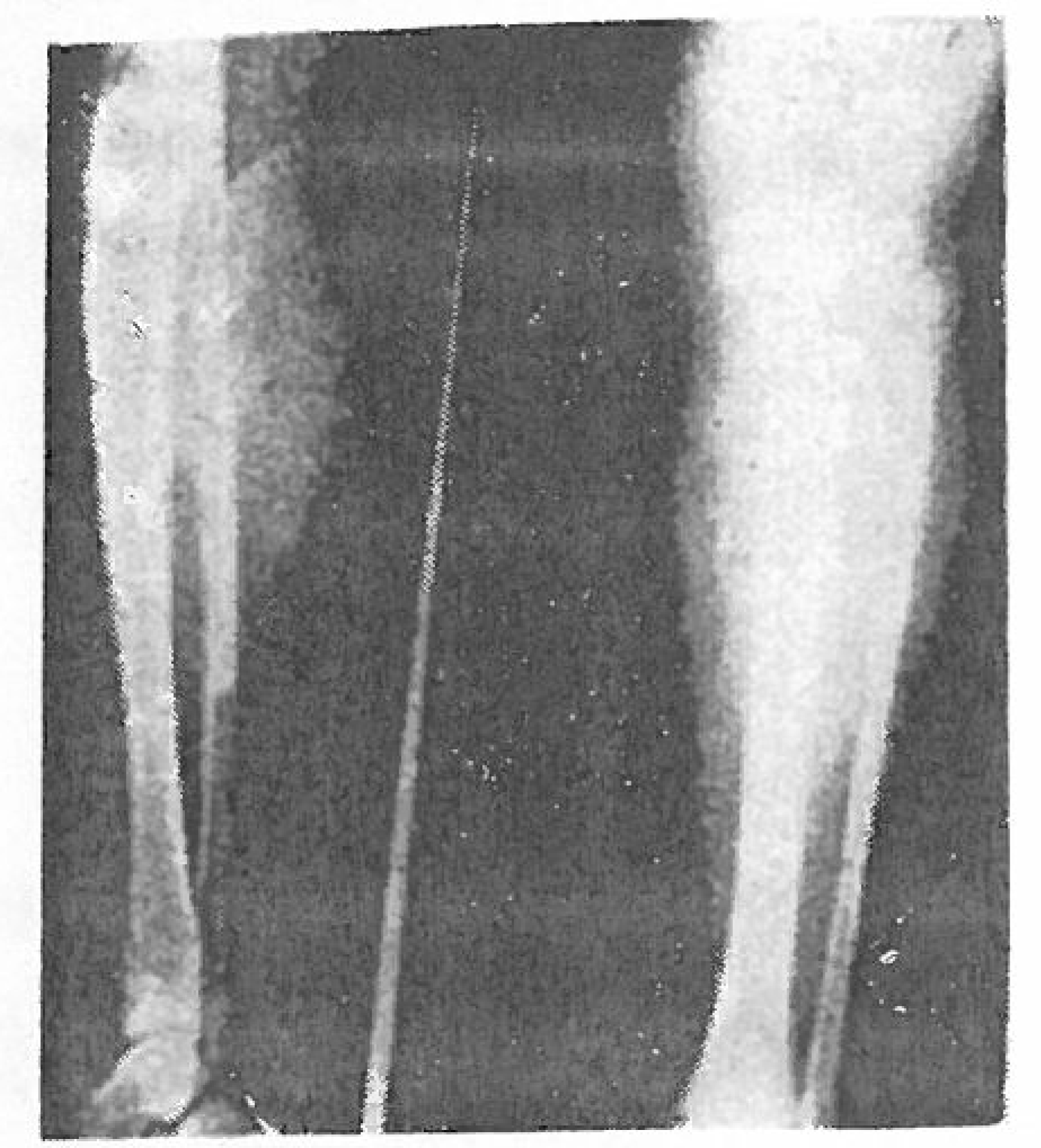
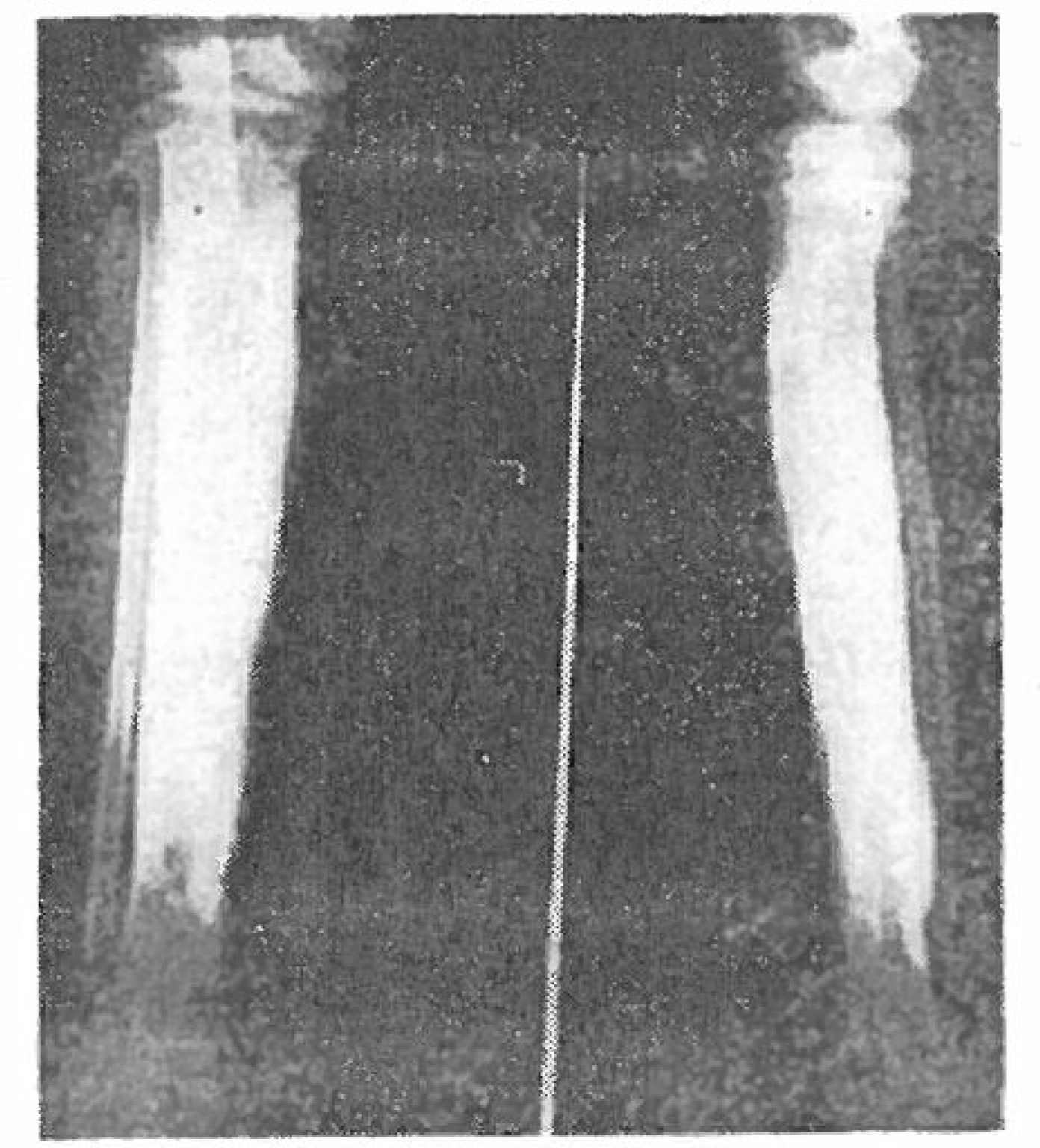
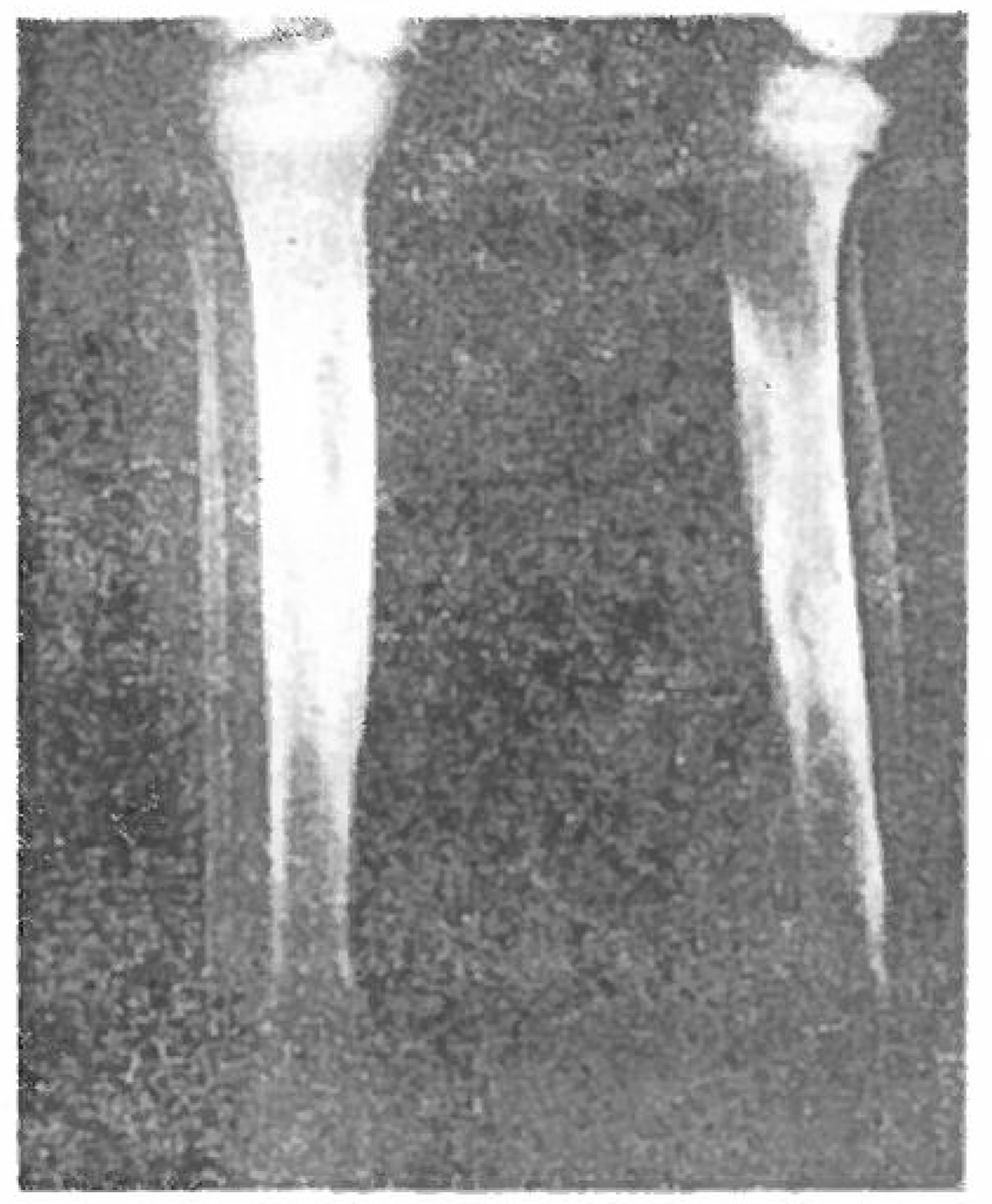
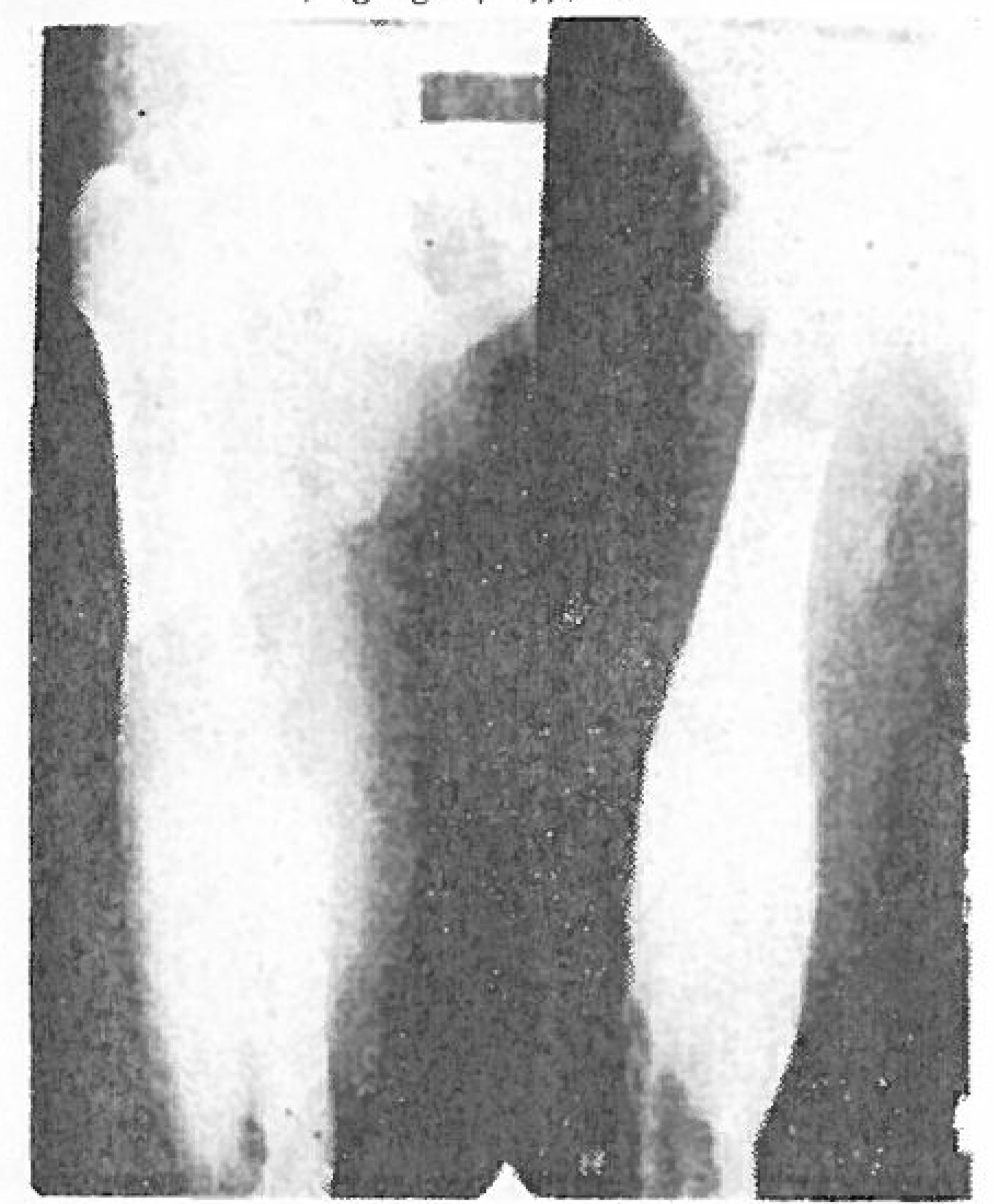
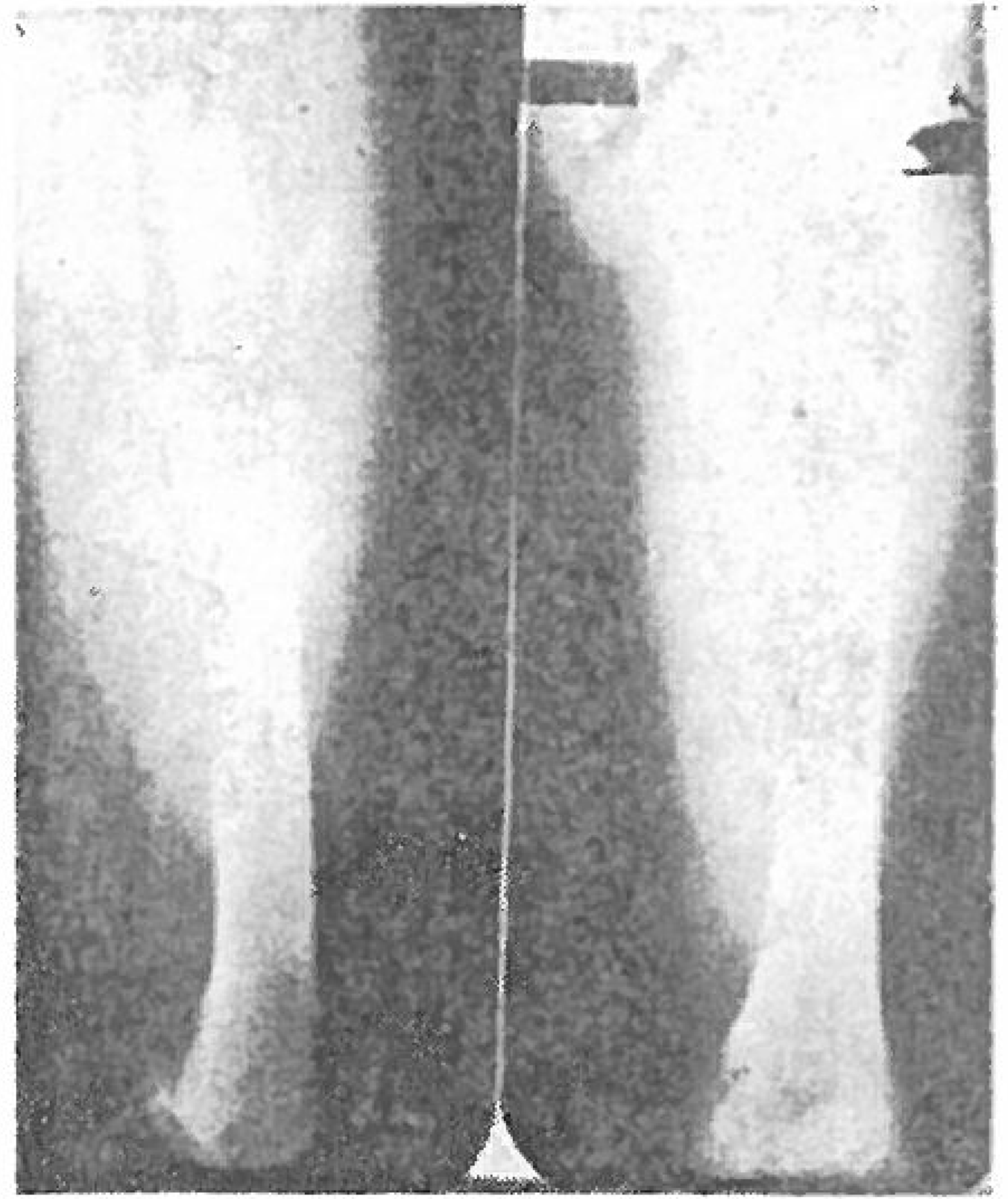
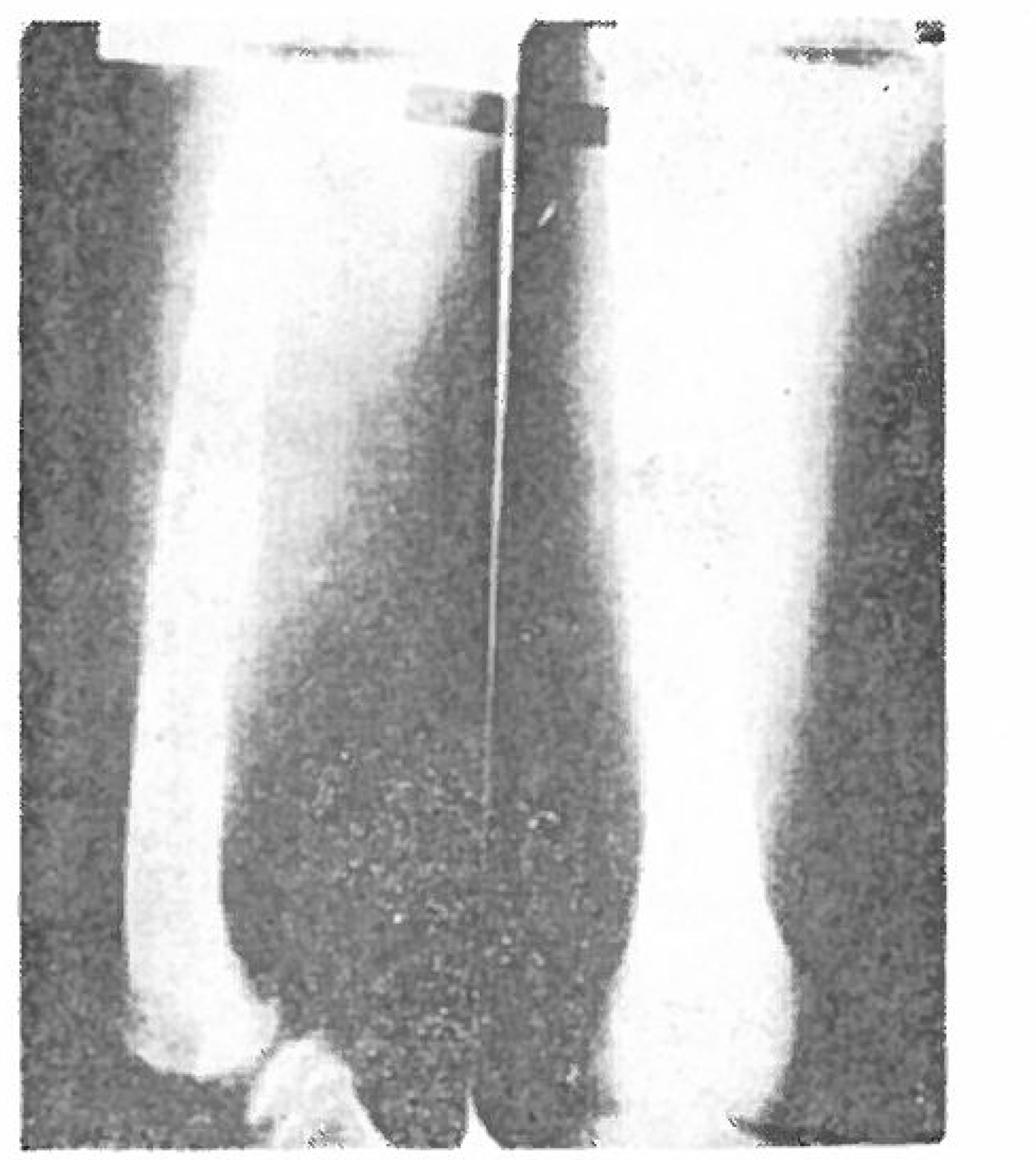
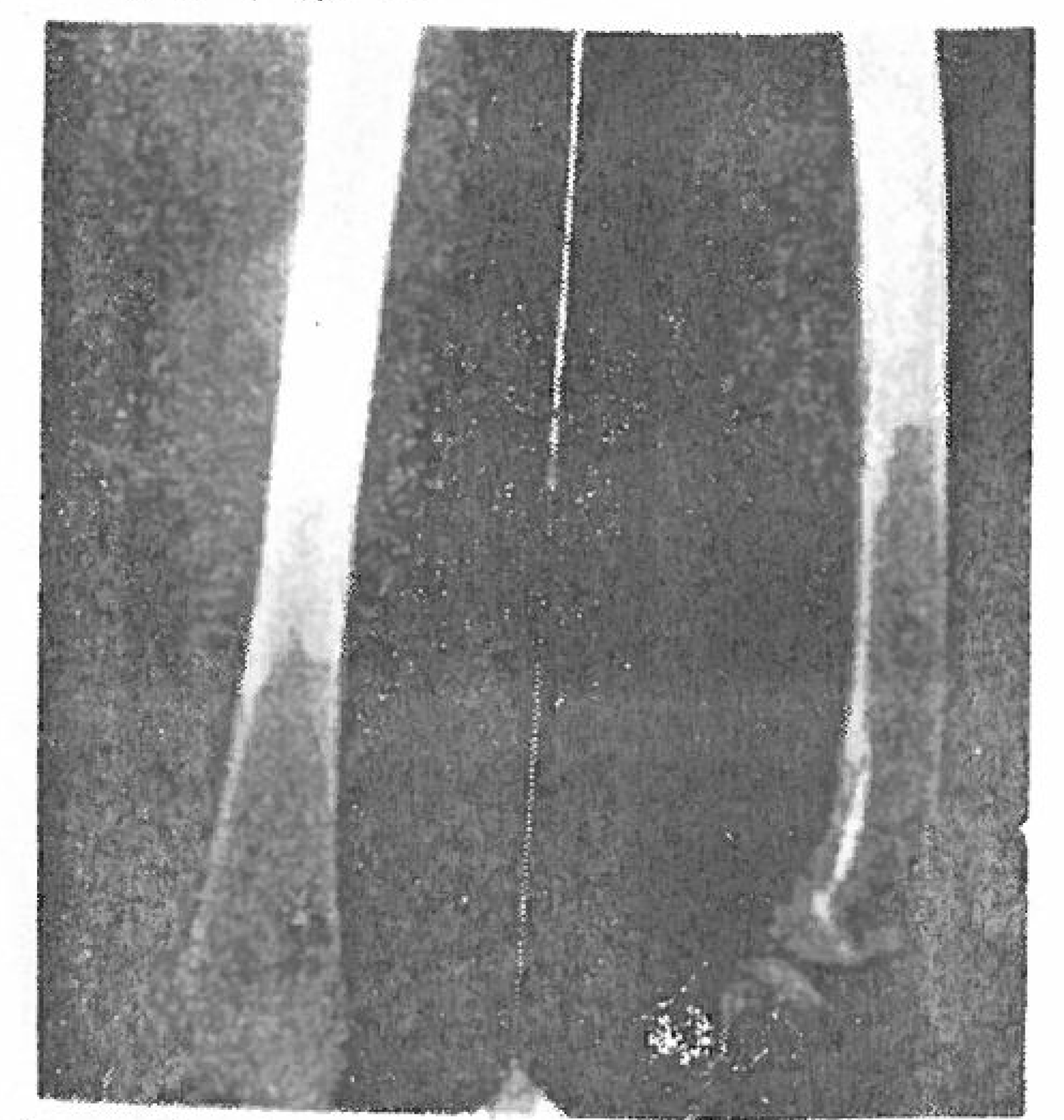

 XML Download
XML Download